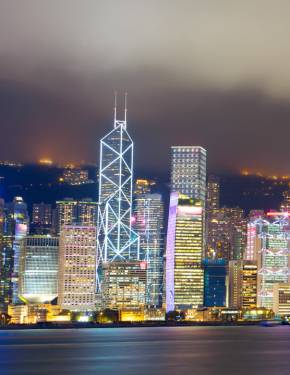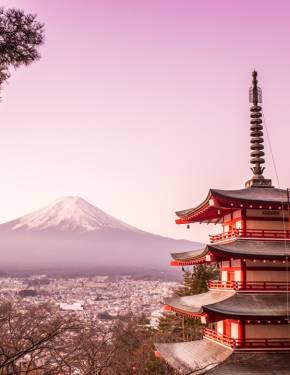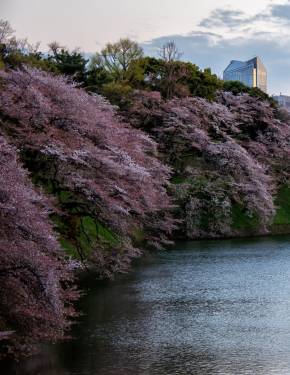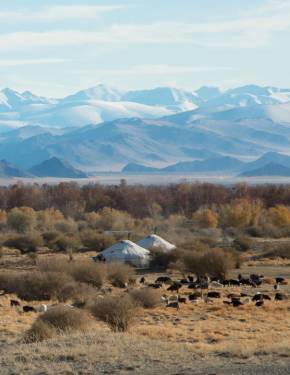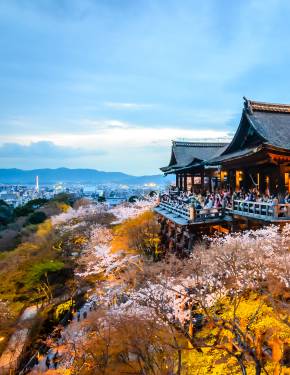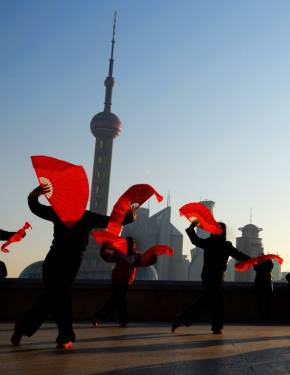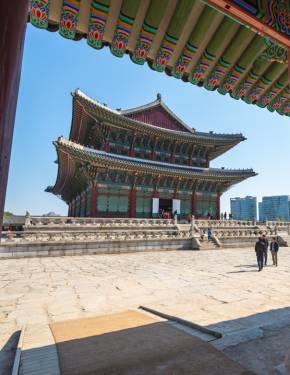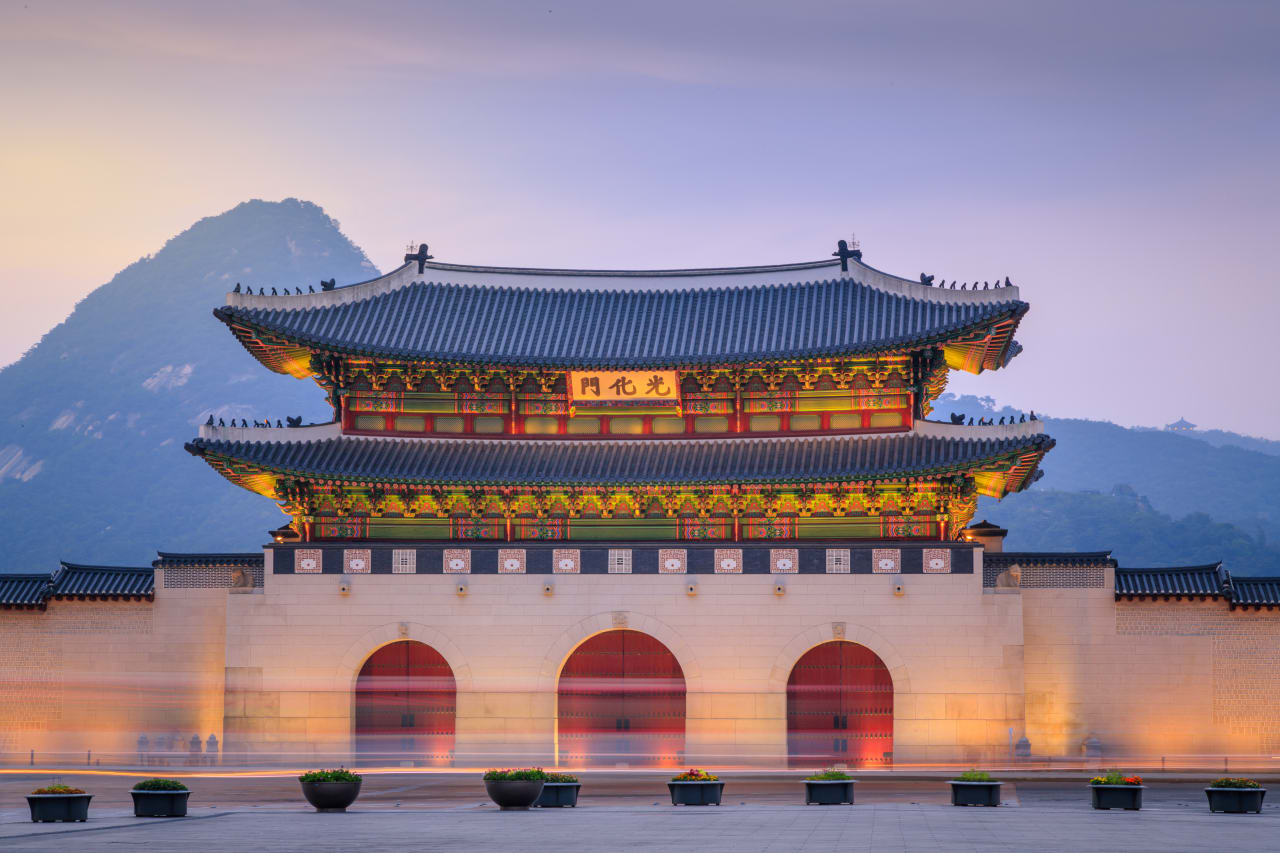
Best time to visit
49 things to do in South Korea
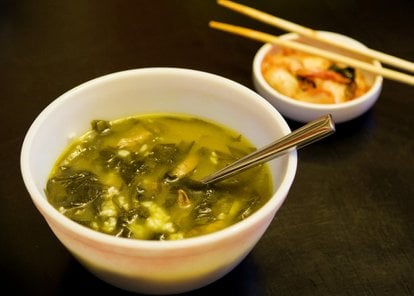
Seaweed Soup for Birthdays
The idea to eat seaweed after giving birth might have been borrowed from whales, today seaweed soup is also eaten for birthdays to honour mothers

Lotus Lantern Festival (Yeon Deung Hoe)
Established over 1,300 years ago, this annual Buddhist lantern festival brightens the hearts and skies of both Korea and the world
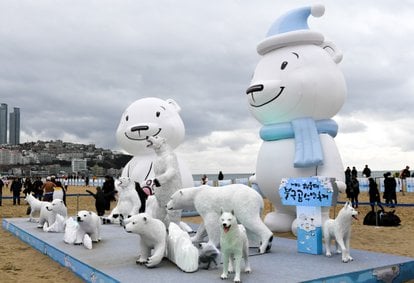
Haeundae Polar Bear Swim Festival
Thousands of "polar bears" gather in the south of Korea every winter to bathe in the freezing sea water
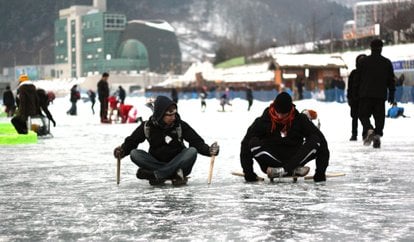
Hwacheon Sancheoneo Ice Festival
Winter festival provides an excellent way to beat the cold—enjoy ice fishing along with ice racing competitions and other amusing festivities
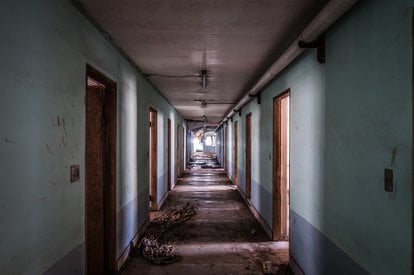
Gonjiam Psychiatric Hospital
Psychiatric hospitals are creepy in general and abandoned ones twice as creepy, and when they also have a reputation of being haunted—that's even worse!
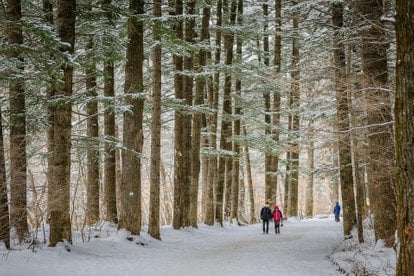
Winter
Siberian winds bring cold and dry weather, and snow creates gorgeous landscapes and winter sport opportunities
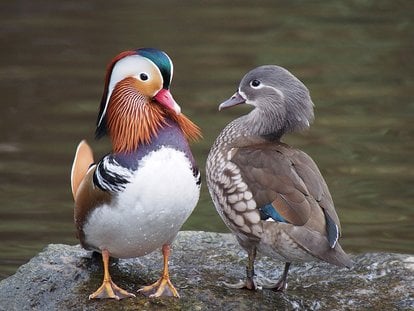
Birdwatching during Spring and Autumn Migrations
South Korea offers rich birding grounds to observe a variety of species, some of which are hard to see anywhere else in the world

Lotus Flower
At the lotus festival one can walk among thousands of flowers, drink lotus flower tea, learn how to make lotus flower soap and paper, and so much more
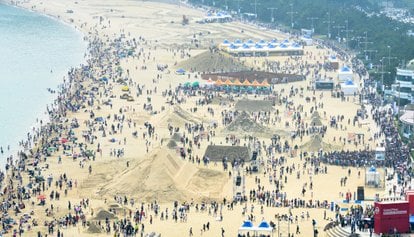
Haeundae Sand Festival
This event is all about sand art, beach sports, and night parties at the seaside
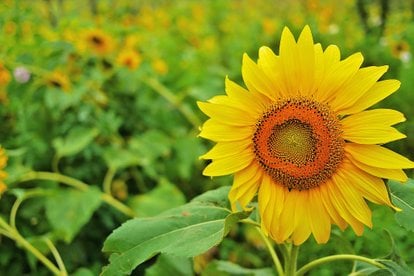
Sunflowers
A chance to enjoy the view in a field of sunflowers occurs just once in a long while—for a few weeks in the summer
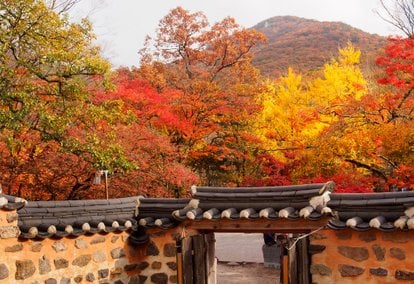
Autumn
Locals name this the season of a high sky and fat horses, and it's especially loved for superb hiking in the autumnal mountain forests
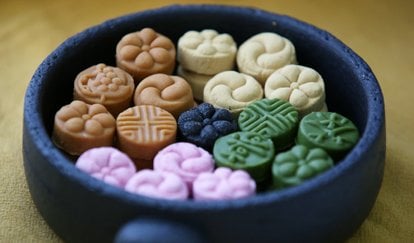
Hangwa
If you miss Chuseok festival in mid-September, your hunt for bright-coloured Korean confectionary won't be easy
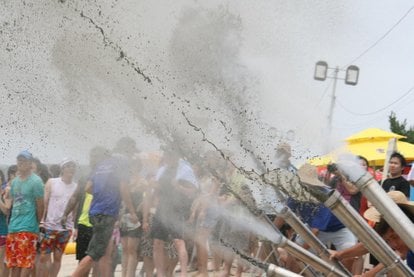
Boryeong Mud Festival
Ten days of mud-packed activities are an excellent chance to wake up the inner child in you
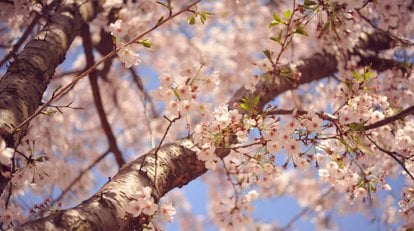
Cherry Blossom in South Korea
South Korea is blessed with cherry blossoms that turn the country into a fairy tale every spring
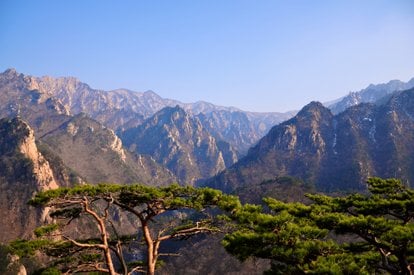
Hiking High Season
The numerous mountains of Korea are home to gorgeous treks, Buddhist temples, cute squirrels, and other forest critters
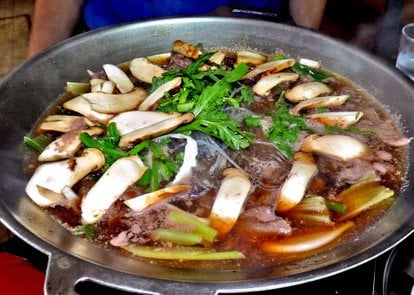
Pine Mushrooms (Songi)
Pine mushrooms are treasured in Korea not just for their subtle flavour and limited availability, but also as cancer preventors
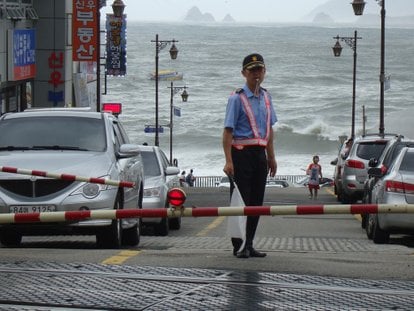
Monsoon Season
Even though Japan and China do a great job protecting Korea from natural disasters, a typhoon or two may still sometimes reach South Korea
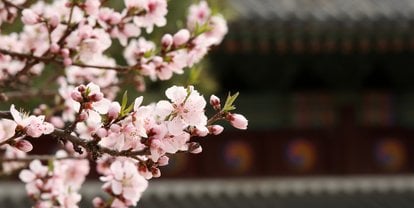
Spring
This season is famous for budding flowers in Korea's vivid parks and mountains
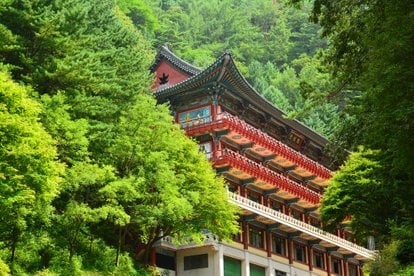
Summer
Even though hot and humid, this season is still delightful both at the beaches and in the mountains
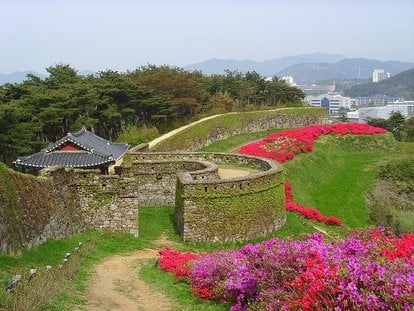
Gochang Moyang Fortress Festival
Walk three times around the fortress with a stone on your head—and you'll live a long, happy, and healthy life ever after
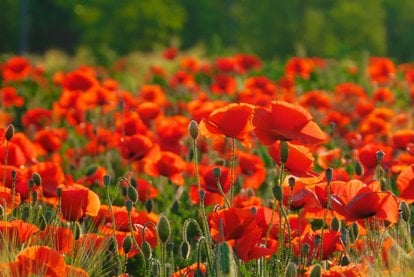
Poppy Fields
A meadow of red wildflowers set amidst the mountains is the perfect place for your mind and soul to relax
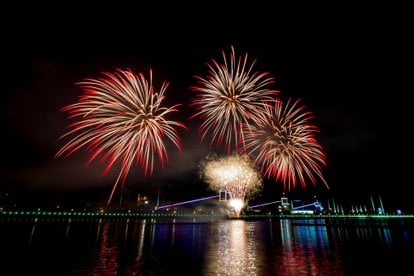
Pohang International Fireworks Festival
If you're into fireworks and other festivities, you're going to like this mix of sparkling clouds, live concerts, and art
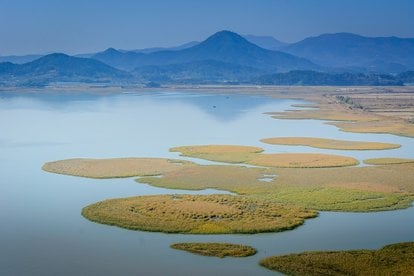
Suncheon Bay Wetland Reserve
South Korea is home to one of the world's largest coastal marshes which boasts a vast field of tall reeds

Gimje Horizon Festival
If you've never tried anything like maneuvering a cart driven by a cow, or catching grasshoopers, this festival offers some new funny experiences
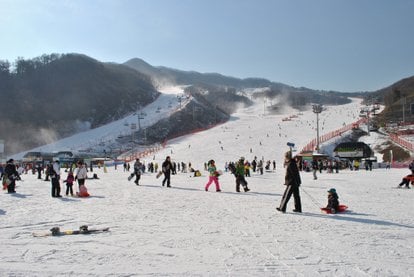
Skiing and Snowboarding Season in South Korea
Mountains occupy nearly three-quarters of the country's territory, which makes it a great skiing destination
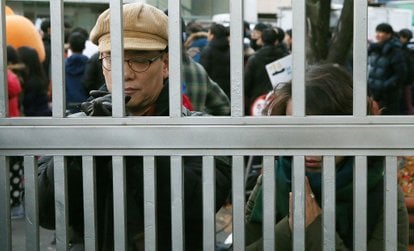
Suneung Entrance Exam Fever
On the examination day, friends and parents gather at school gates to pray for examinees and cheer them up—all want to pass the exam with a perfect score
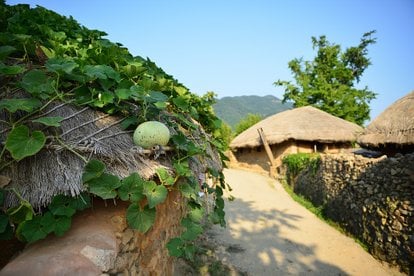
Traditional Villages (Agricultural Season)
Fly away from the city buzz to enjoy peaceful rural surroundings, the indigenous lifestyle, and the living ancient traditions of Korea
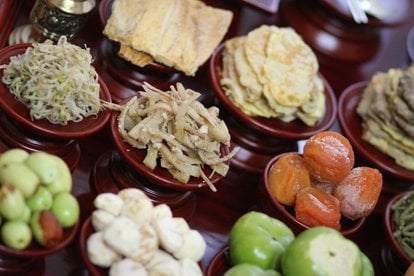
Chuseok (Harvest Moon Festival)
Chuseok is the Korean version of American Thanksgiving—an important holiday, when locals leave for grandma's house in the countryside to follow ancient traditions and, most importantly, to feast on abundant homemade delicacies
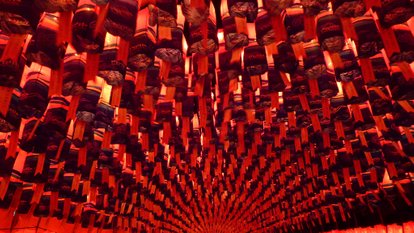
Jinju Namgang Yudeung Festival
You'll be amazed at the amount of lanterns and their style diversity, but this is more than just a matter of beauty
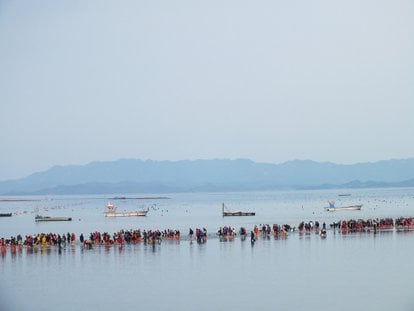
Jindo Miracle Sea Road Festival
The image of a parting sea evokes a figure of Moses and the Red Sea, but in the Korean version the miracle happens to a woman at the Yellow Sea
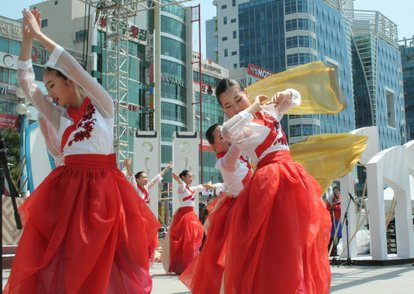
Gwangalli Eobang Festival
This festival is about fishing activities, cultural performances, and a spectacular night show of 30 fishing boats with torches
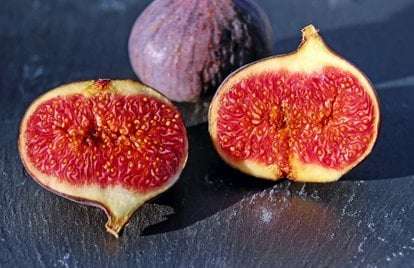
Figs
Korea bears juicy figs, distinguished by their sweet flesh and pleasant texture

Jeju Fire Festival
A scary, and at the same time majestic spectacle—the sight of burning island is
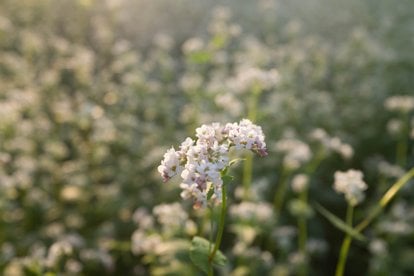
Buckwheat Bloom
Pyeongchang's buckwheat fields are amazing during the blooming season
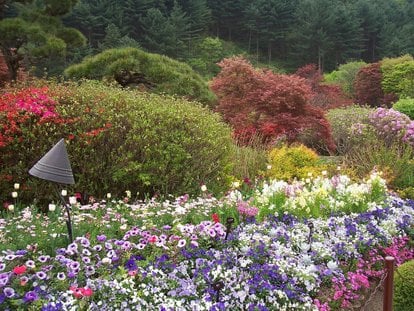
Flowers in the Garden of Morning Calm
The oldest private garden in Korea showcases 5,000 plant species, 20 themed sections, dozens of scenic walkways, and a series of festivals held throughout the year
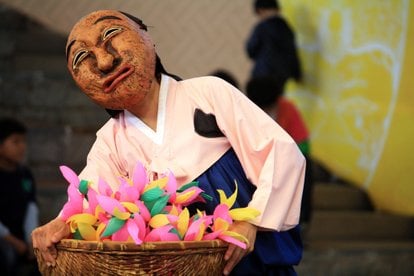
Andong Mask Dance Festival
Get ready for your heart to burst with excitement at this exuberant celebration of the Korean tradition
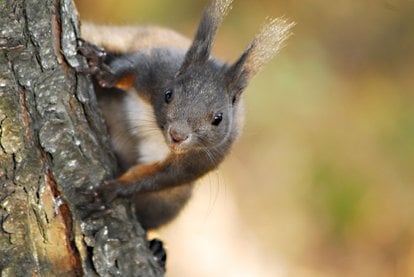
Watch Squirrels and Chipmunks
According to a local belief, meeting one of these little fellows can bring you luck

Damyang Bamboo Festival
Experience the versatile applications of bamboo in fishing, cooking, alcohol brewing, and more at the vibrant bamboo festival in Damyang
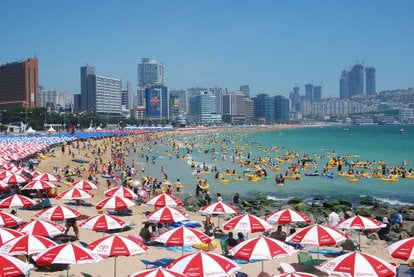
Beach Season
The beaches of South Korea are delightful in terms of scenery and entertainment
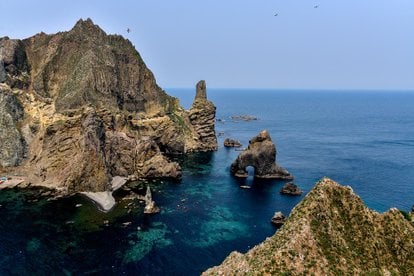
Liancourt Rocks (Dokdo)
While Korea and Japan try to solve the ownership issue, these small rocky isles inhabited by a single Korean family draw tens of thousands of tourists

Fugu (Puffer Fish or Blowfish)
Every year six people die from eating this fish. If you get thrills from life risks, you are welcome to challenge your fortune
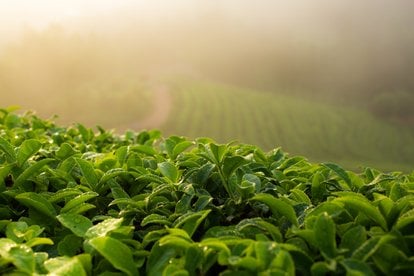
Green Tea Fields
Check where your favourite beverage comes from and don't forget to try some green tea ice cream and green tea noodle soup
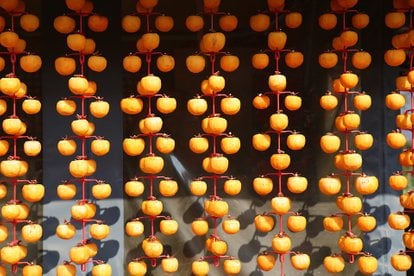
Persimmon Harvest and Gotgam Making
Fresh juicy persimmon is good, but dried fruit ('gotgam') might appeal to you even more

Canola (Yuche) Bloom on Jeju Island
Scenic colorful landscapes show that spring has arrived in South Korea
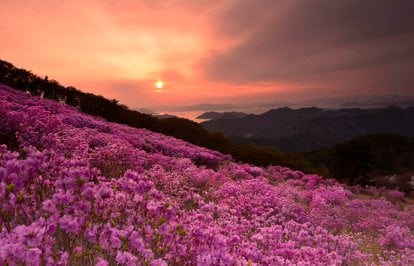
Azaleas
You may occasionally see beautiful pink mountainsides in Korean movies, but reality is often better than the pictures

Fake Funerals
How about discovering the joy and meaning of life through experiencing your own fake funeral?

Seoul POPCON
Korea's largest convention of pop culture and entertainment industry
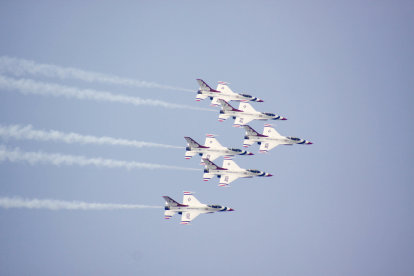
Seoul International Aerospace and Defense Exhibition (ADEX)
One of the most important aviation events in Asia

Seoul Jazz Festival
Top jazz festival in Asia and one of the largest annual music events in South Korea


